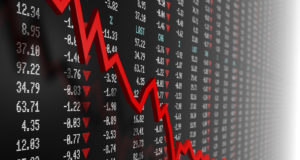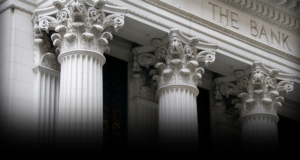Blessed Are the Young for They Shall Inherit the National Debt

The purpose of a ceiling is to represent an upper boundary. However, when it come to U.S. fiscal monetary policy the definition apparently changes, or at least provides for an unusual ability to raise the ceiling indiscriminately and without fear of ramifications from the newly encroached area. Nevertheless, continually raising the debt ceiling is an unsustainable act due to the constantly increasing funds necessary to meet the interest payments. In 2015, the U.S. spent $223 billion, or 6% of the federal budget, paying for interest on the debt. Keep in mind that the interest rate had been at the historic level of .25% since 2009. The expense doubled when the Fed increased the rate to .5% in December of last year and it will increase by the same amount if the FOMC chooses to increase the rate by another .25% next week.
These increased costs cannot help but slow economic growth, slow consumer spending, and add to the unemployment roster. But it has to be done, in order to get in front and attempt to offset the coming wave of inflation, generated mainly by the Fed’s failed Quantitative Easing efforts and seemingly unending printing press operations. The President-elect’s isolationism plans, including high foreign tariffs, home-grown corporate tax breaks and penalties for companies that outsource jobs to other countries will also add to the growing debt and slower GDP growth dilemmas.
In the meantime, the rest of the world continues to flail in a global economic sinkhole. Yesterday’s European Central Bank meeting showed a continuing divergence between U.S. tightening efforts and the EU’s desire to continue easing, with low interest rates and a continuing bond-buyback program, though slightly reduced. This bodes well for dollar strength in the short term, but the question remains, what can the Fed do to get out in front and stay out in front of the coming inflation wave, particularly once the President-elect begins his infrastructure spending spree?
Now more than ever, precious metals offer protection from the many potential economic pitfalls facing our economy today. The current low prices are just another bonus for taking advantage now. Unfortunately, many investors consider precious metals nothing more than another investment, failing completely to give the safe haven credit due. When the equity market, currencies, and other paper assets suffer, precious metals shine their brightest. Waiting for “the right time” can prove to be a very costly decision, because when a collapse occurs, big money changes hands very quickly and major changes in market values occur in nanoseconds. Protect your assets and legacy with a solid foundation of physical gold and other precious metals.



